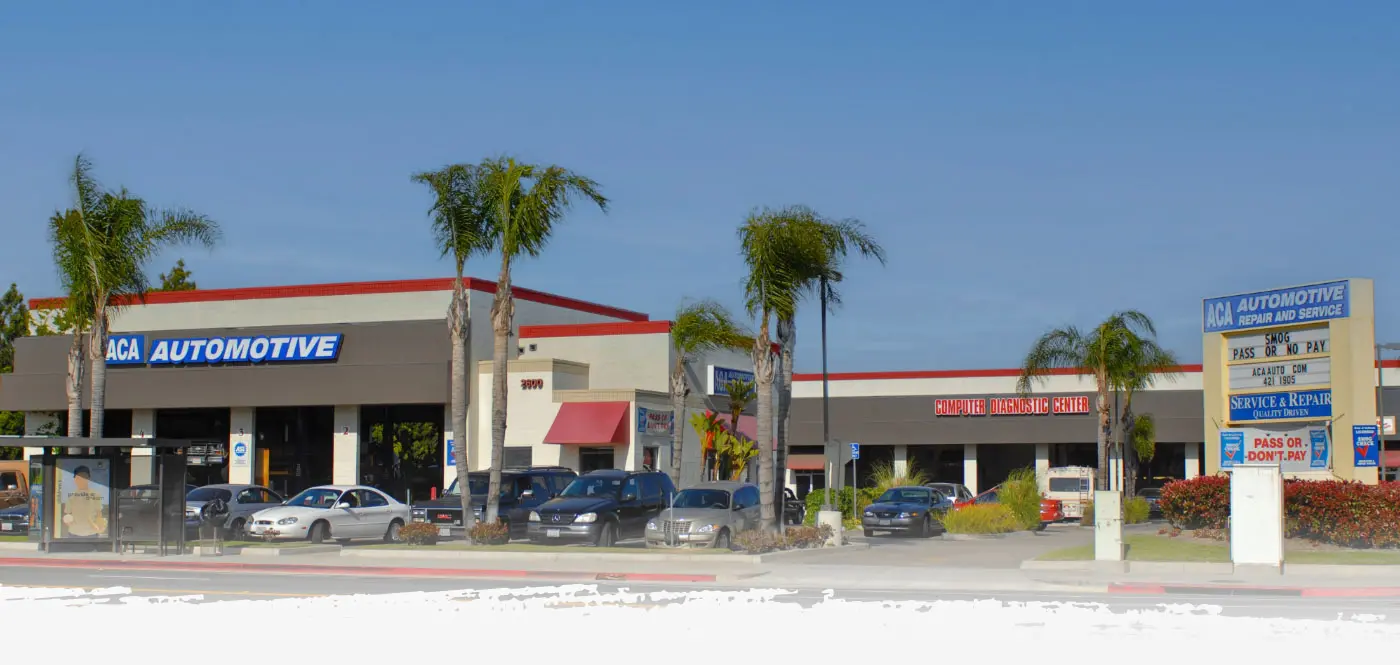
All About Automotive Belts
All About Automotive Belts
All About Automotive Belts
Belt Replacement in Long Beach
Belts are a component of vehicles that are easy to overlook. However, they are a critical part of the alternator, power steering pump, and water pump, in addition to other vehicle accessories.
Vehicles utilize up to three different belts.
V-Belts
As the name suggests, these belts’ cross-sections are shaped like a “V.” Generally, only older cars are equipped with them, and engines will typically use multiple belts for accessories.
Timing Belts
Connecting the crankshaft and camshaft in the engine, timing belts ensure that the two turn properly in relation to one another. This belt also drives the oil pump, water pump or balance shaft on some engines. However, some engines instead use a timing chain or timing gears. Check the owner’s manual to see which you have and the recommended maintenance schedule.
Serpentine Belts
Most newer vehicles have serpentine belts and require only one belt. Its name derives from how it twists in order to wrap around all of the pulleys. Serpentine belts are thin and wide and have small V-shaped grooves on one side that fit onto accessory pulleys.
Belt Warning Signs
If you notice any of the following, please call our skilled technicians at (562) 421-1905 to schedule an appointment because your belts are in need of servicing. When you accelerate the engine or turn the steering wheel fully when parking, a squealing noise occurs. When the car is idling, there is a slow slapping sound. When the engine is running, there is a grinding noise.
Belts should be checked on a regular basis to prevent costly damages from occurring. Cracks appearing in belts are a warning sign of larger problems to come if not fixed. Also, belts that appear shiny and slick have come loose and thus need to be tightened.
